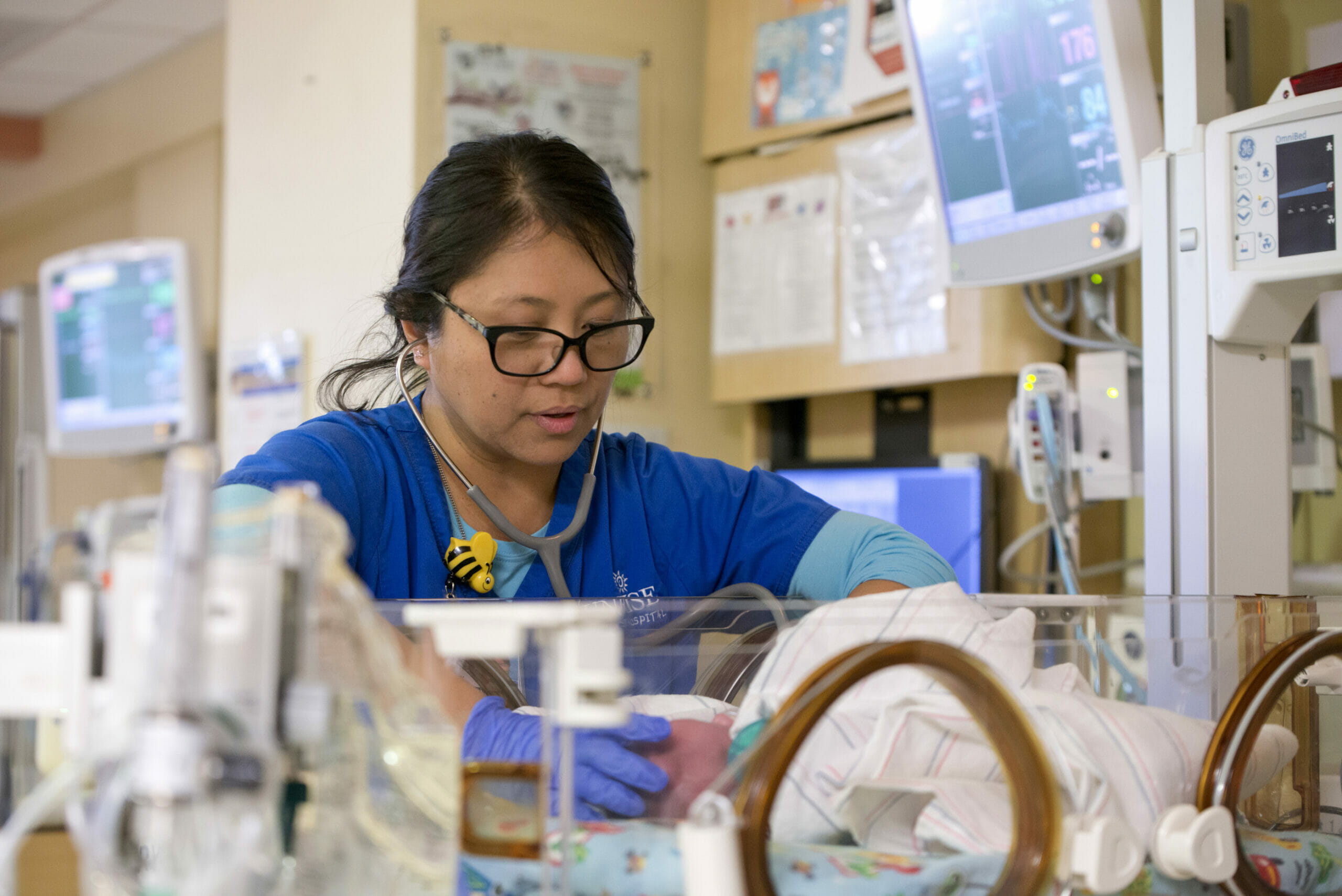OPINION: Preterm birth in rural Nevada: a crisis with solutions

Nevada, one of the most rural states in the nation, faces significant health care challenges that directly impact its most vulnerable populations: pregnant women and their babies. Among these challenges is the crisis of preterm birth, defined as delivery before 37 weeks of gestation.
The March of Dimes 2024 Report Card reveals Nevada’s preterm birth rate stands at 11.1 percent, well above the national average of 10.4 percent and ranked as a D grade. In rural counties such as Nye and Lyon, the rates are even more alarming and rated as an F grade, exceeding 13 percent. These figures represent more than statistics; they reflect a human toll with profound medical, emotional and societal consequences.
Preterm birth is not just a matter of arriving too soon. It is the leading cause of neonatal mortality and contributes to lifelong health complications, including respiratory disorders, cerebral palsy and developmental delays. For families, the strain is immeasurable with extended hospital stays, financial burdens and the anxiety of navigating an uncertain future. The ripple effect extends to society, with the annual U.S. economic burden of preterm birth estimated at more than $25 billion. For Nevada’s Medicaid population, which has the highest rates of preterm birth, the economic impact is disproportionately severe, straining already limited resources.
The root of this crisis lies in disparities in access to care, particularly in rural Nevada. Expectant mothers in these areas often lack access to early and consistent prenatal care, a critical intervention that reduces the incidence of at-risk pregnancies escalating into high-risk situations. Without adequate care at the appropriate time, preventable complications go undetected, leading to avoidable preterm deliveries.
To address this crisis, Nevada must implement a comprehensive, multipronged strategy.
Enhancing access to care: Rural areas need more accessible prenatal care through mobile health units, community-based clinics and partnerships with urban health care systems. Expanding grants that increase the availability of care can further bridge the gap, as getting into these areas for direct care and services is costly to providers and would function at a loss.
Leveraging technology: Telemedicine is one option that offers a lifeline for rural patients, connecting them with specialists without the burden of travel. Artificial intelligence holds hope at enhancing early detection of complications, while new point-of-care testing and technologies may enable timely interventions for preterm birth. Standardized protocols and screening programs should be deployed statewide to ensure uniform care quality.
Project Guardian, a remote monitoring program, put in place by SilverSummit Healthplan, has become a more recent attempt to provide timely referrals for at-risk patients to avoid high-risk scenarios with worsening outcomes. The lack of a perinatal quality collaborative despite lobbying with the Legislature for approval during the last three sessions has left our state as one of a handful without a functioning collaborative to help.
Investing in workforce development: Training rural providers in evidence-based practices for high-risk pregnancies is essential. Grants and incentives can attract health care professionals to underserved areas, creating a sustainable pipeline of skilled providers. Centene Foundation and SilverSummit Healthplan, a Centene Corporation company, provided a $1.1 million multiyear grant to support infrastructure and access to care. Anthem has also provided significant financial support.
State support and collaboration: Addressing Nevada’s preterm birth crisis requires robust state involvement. Investments in health care infrastructure, funding for innovative technologies and support for rural providers can create an environment where every mother has access to the care she needs. Getting care into these regions requires an appropriate and ongoing investment. It is clear such investments will provide magnitudes of return due to the economic short and long-term costs of preterm birth.
The human cost of inaction is devastating. Every preterm birth represents a family enduring the uncertainty of their child’s survival, a mother facing emotional and physical challenges and a baby whose life may begin with a struggle to simply breathe. Beyond the hospital walls, the societal impact includes reduced workforce productivity, higher special education needs and long-term healthcare costs.
Nevada can — and must — do better. By prioritizing access to care, embracing technological advancements and committing state resources, we can reduce preterm birth rates and their far-reaching consequences. Together, we can ensure that geography does not dictate a newborn’s chance at a healthy start in life.
Dr. Brian K. Iriye is managing physician of the High Risk Pregnancy Center, president of Hera Women’s Health, both in Las Vegas, and former president of the Society for Maternal Fetal Medicine.
The Nevada Independent welcomes informed, cogent rebuttals to opinion pieces such as this. Send them to [email protected].
